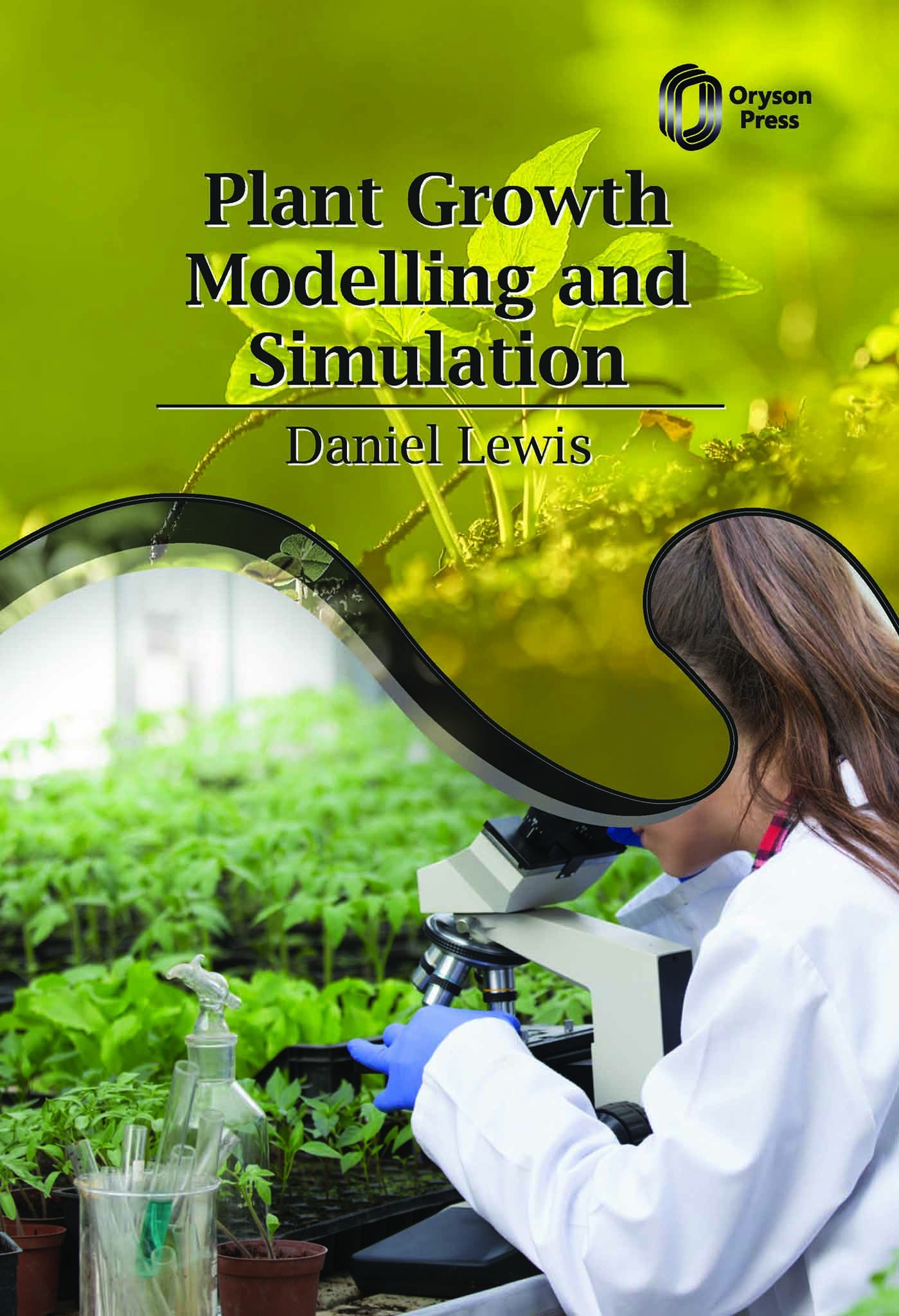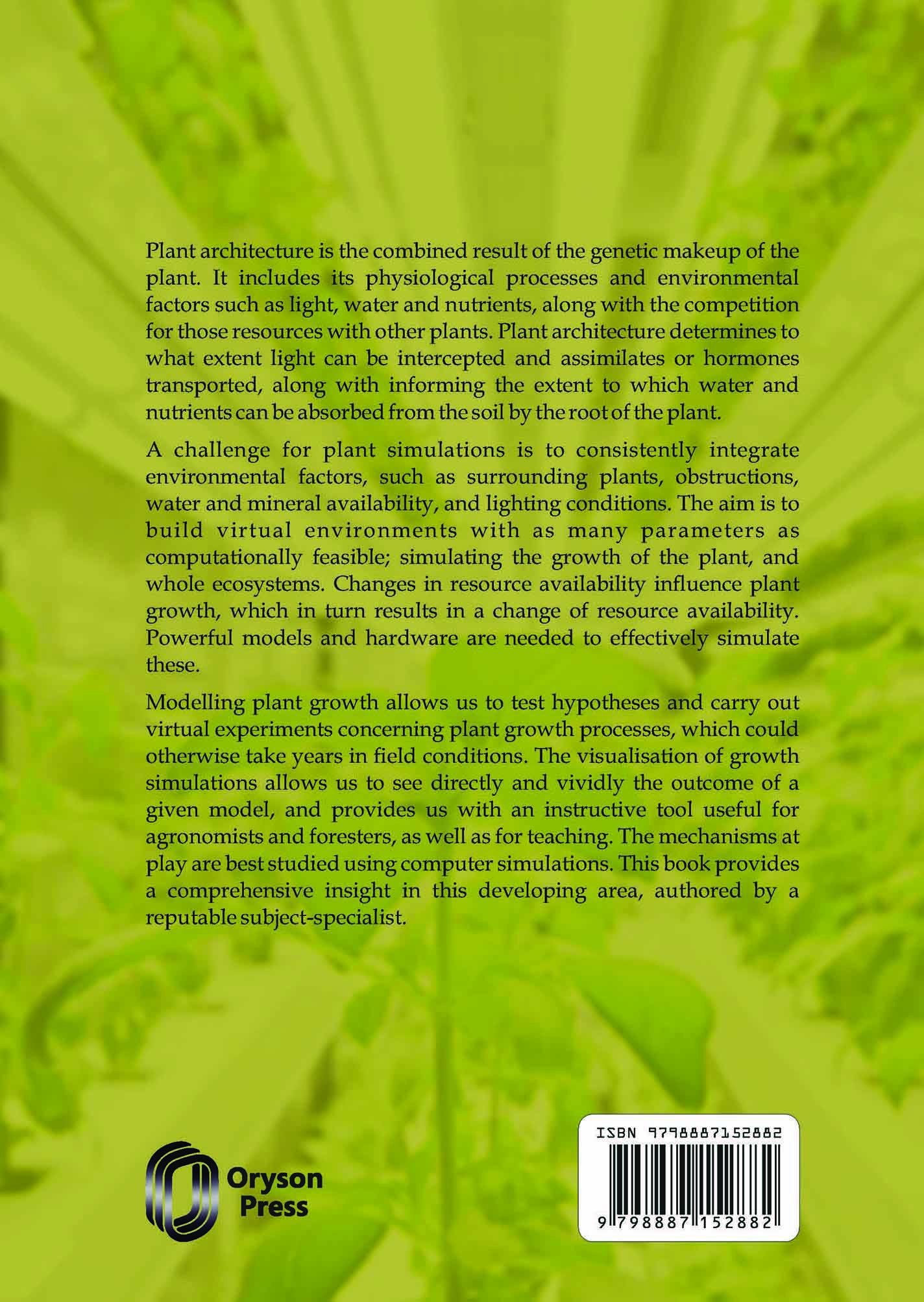Plant Growth Modelling and Simulation
Daniel Lewis
$129.99
ISBN:9798887152882
Pages:279
Binding: Hardcover
Language: English
Description
Plant architecture is the combined result of the genetic makeup of the plant. It includes its physiological processes and environmental factors such as light, water and nutrients, along with the competition for those resources with other plants. Plant architecture determines to what extent light can be intercepted and assimilates or hormones transported, along with informing the extent to which water and nutrients can be absorbed from the soil by the root of the plant.
A challenge for plant simulations is to consistently integrate environmental factors, such as surrounding plants, obstructions, water and mineral availability, and lighting conditions. The aim is to build virtual environments with as many parameters as computationally feasible; simulating the growth of the plant, and whole ecosystems. Changes in resource availability influence plant growth, which in turn results in a change of resource availability. Powerful models and hardware are needed to effectively simulate these.
Modelling plant growth allows us to test hypotheses and carry out virtual experiments concerning plant growth processes, which could otherwise take years in field conditions. The visualisation of growth simulations allows us to see directly and vividly the outcome of a given model, and provides us with an instructive tool useful for agronomists and foresters, as well as for teaching. The mechanisms at play are best studied using computer simulations. This book provides a comprehensive insight in this developing area, authored by a reputable subject-specialist.
Additional information
| Author | Daniel Lewis |
|---|---|
| ISBN | 9798887152882 |
| Year of Publication | 2025 |










